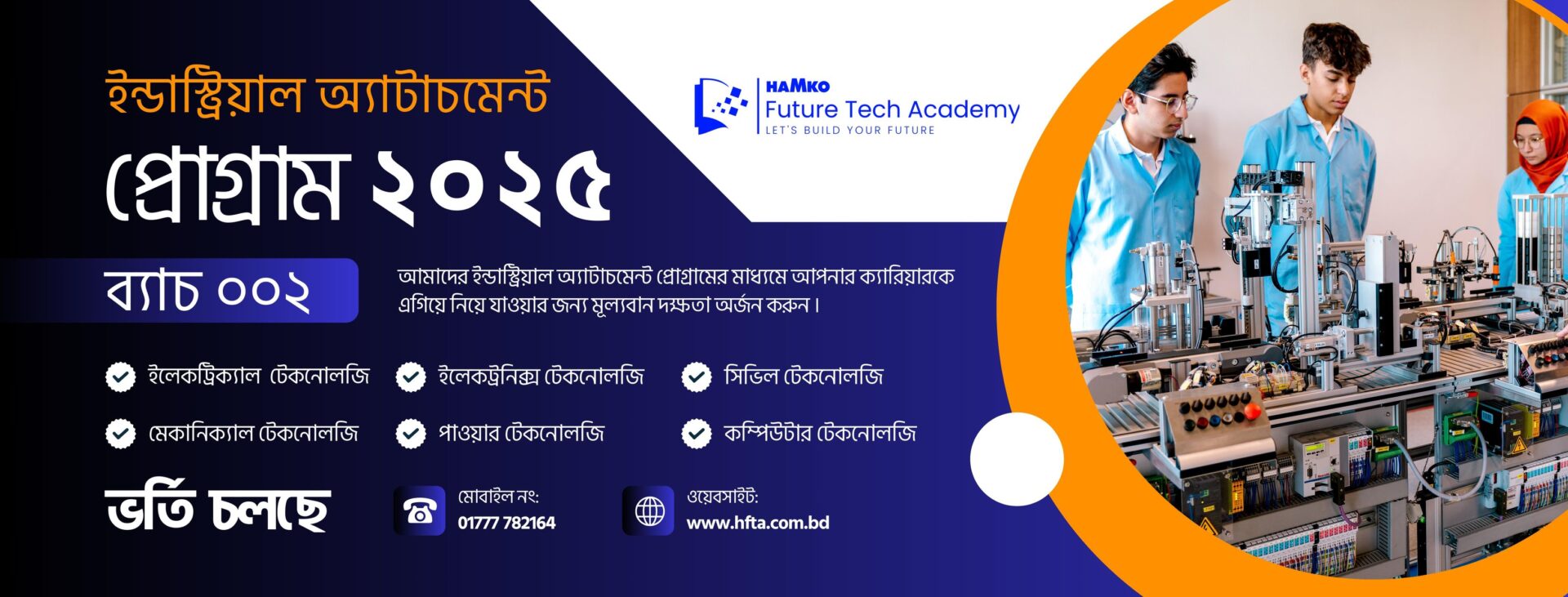Despite its billing as a ‘basic’ model, the Sony a7 III is a supremely capable full frame camera. Though it doesn’t have the most megapixels or shoot the fastest bursts, its well-judged mix of resolution, speed, features and price point make it an easy recommendation for all kinds of photographers and all kinds of photography.
Key Features:
- 24MP full frame BSI CMOS sensor
- 93% autofocus coverage (693 phase detection points, 425 for contrast detection)
- Oversampled 4K/24p video taken from full width 6K (cropped-in 5K for 30p)
- In-body image stabilization
- 10 fps continuous shooting
- 2.36M-dot OLED viewfinder, 0.78x magnification
- AF joystick
- Touchscreen
- Larger, ‘Z-type’ battery (CIPA rated to 710 shots)
- Dual SD memory card slots
- USB 3.1 Type C
Compared to its predecessor, the Sony a7 III has been updated in almost every way; when compared to other similarly priced full frame options, the Sony A7 III looks to be a cut above in many respects. For generalist photographers, wedding and event shooters and even sports specialists, the a7 III gets an awful lot of things just right. But as with previous Sony mirrorless full-frame cameras, there are some foibles that persist with this new model.
We’ve now spent dozens of hours shooting the Sony A7 III in our studio and out in the real world – read on to see how it performs.
SONY A7 III SPECIFICATIONS
- Model number: ilce-7m3
- Sensor: 24.2MP full-frame Exmor R CMOS, 35.6×23.8mm
- Image processor: BIONZ X
- AF points: 693-point phase-detection AF / 425-point contrast-detect AF
- ISO range: 100-51,200 (expandable to 50-204,800)
- Max image size: 6,000 x 4,000
- Metering zones: 1,200
- Video: 4K UHD at 30/24fps, Full HD at up to 120fps
- Viewfinder: XGA OLED type, 2,359,296 dots
- Memory card: 2x MS/SD/SDHC/SDXC (1x UHS-II)
- LCD: 3in tilting touchscreen, 921,600 dots
- Max burst: 10fps (177 JPEGs, 89 compressed RAW, 40 uncompressed Raw)
- Connectivity: Wi-Fi, NFC, Bluetooth
- Size: 126.9 x 95.6 x 73.7mm
- Weight: 650g (with battery and memory card)
One criticism of previous models is that once the buffer is filled you can’t use the camera menus until it’s cleared – but Sony has fixed that with the A7 III. You may also find that the viewfinder image at 10fps isn’t quite responsive enough for following fast or erratic subjects, but there’s an 8fps ‘live view’ mode that offers a faster, more stable viewfinder image.
To get 10fps shooting in a full-frame camera at this price is remarkable, but Sony has gone a step further by incorporating the autofocus technology from its flagship A9 sports camera(opens in new tab). With 693 phase-detection AF points covering 93% of the image area, backed up by a further 425 contrast-detect AF points, this is, on paper, just about the most powerful AF system on the market. It has many more AF points than the Nikon Z6 and its phase-detection AF is clearly superior for continuous AF to Panasonic’s DFD system.
You can choose from Wide-area AF, Zone AF, Centre AF, Flexible spot mode (in which you can change the size of the AF area) and now Expand Flexible Spot mode, where the camera will still stay focused on subjects that stray outside the selected area. There’s an Eye AF mode for portrait photographers too, and on the A7 III this now works in continuous as well as single-shot AF modes. A firmware update in early 2019 added Real Time Animal Eye AF to this camera’s formidable AF arsenal.










